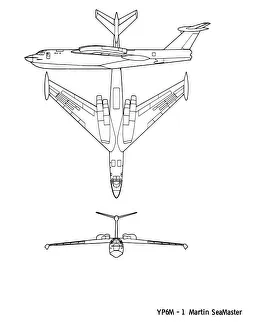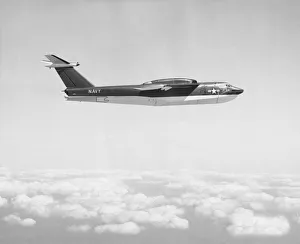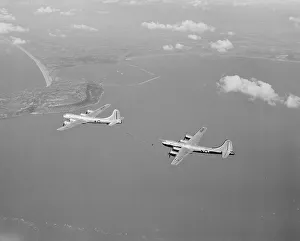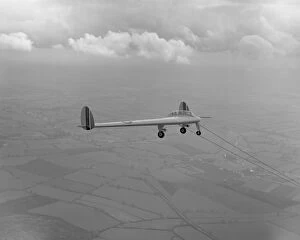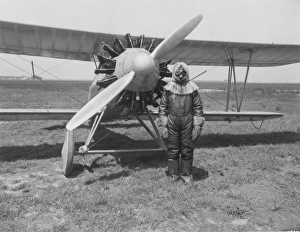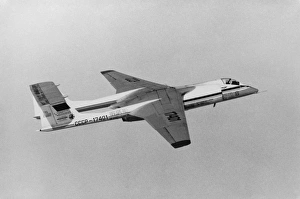Research Aircraft Collection
Research aircraft have played a crucial role in advancing aviation technology and pushing the boundaries of scientific exploration
All Professionally Made to Order for Quick Shipping
Research aircraft have played a crucial role in advancing aviation technology and pushing the boundaries of scientific exploration. From the Avro 707 to the Martin XP6M-1 SeaMaster, these remarkable machines have paved the way for groundbreaking discoveries. The Avro 707, including its variant Avro 707B, was an experimental British aircraft that contributed significantly to research on delta-wing configurations. Its sleek design and innovative features set the stage for future developments in supersonic flight. Another notable research aircraft was the Armstrong Whitworth AW. 52, which aimed to explore high-speed flight characteristics. This unique jet-powered flying wing showcased cutting-edge engineering techniques and provided valuable insights into aerodynamics. The Short SB. 5 was yet another pioneering research aircraft that focused on investigating delta-wing stability at transonic speeds. Its successful flights helped refine designs for future military jets and commercial airliners alike. In a league of its own, the Westland Pterodactyl IV stood out as one of Britain's first tailless swept-winged aircraft designed specifically for research purposes. It pushed boundaries with its unconventional shape and contributed vital data on low-speed handling qualities. Across the Atlantic Ocean, American researchers were making their mark too. The Martin YP6M-1 SeaMaster and its prototype counterpart Martin XP6M-1 SeaMaster were amphibious marvels that explored advanced maritime patrol capabilities while incorporating jet propulsion systems. Not limited to just air-based experiments, Boeing KB-29M and B-29MR served as airborne laboratories during atmospheric testing missions post World War II. These modified bombers allowed scientists to collect critical data about weather patterns, radiation levels, and other atmospheric phenomena. Meanwhile, back in Britain, Armstrong Whitworth AW. 52/G took center stage as it sought answers regarding supersonic flight behavior through wind tunnel tests using scaled-down models—an essential step towards achieving faster-than-sound travel safely. Helicopter enthusiasts would appreciate Cierva W. 9, a research aircraft that focused on advancing rotorcraft technology.






